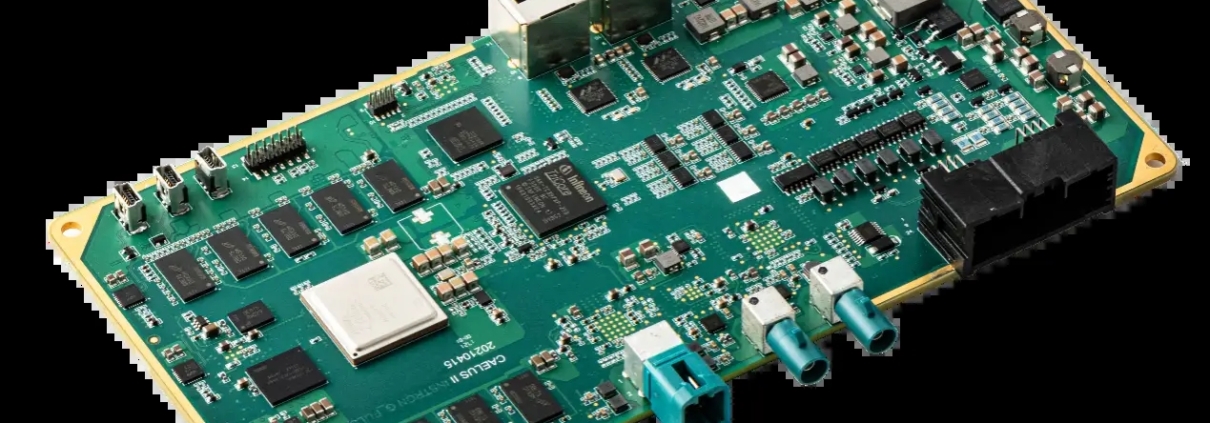How to optimize rail transit PCB to improve train operation stability and safety?
In order to optimize rail transit PCB to improve the stability and safety of train operation, the following aspects can be considered:
1. Improve the reliability and stability of PCB boards. Choose high-quality materials: Select PCB board materials with high reliability, long life and good heat resistance to ensure stable operation in harsh environments. Optimize manufacturing process: Through precise manufacturing process, reduce defects and defective rates in the manufacturing process and improve the overall quality of PCB boards. Redundant design: Redundant design is adopted in key components and signal transmission paths. Once a component fails, other components can take over the work to ensure continuous operation of the system.
2. Optimize the wiring design of PCB boards to reduce electromagnetic interference: Reasonably design the wiring to avoid cross interference and crosstalk between signal lines and reduce the impact of electromagnetic interference on system performance. Improve signal quality: Through reasonable wiring design, reduce signal attenuation and distortion, and improve the accuracy and reliability of signal transmission. Consider signal integrity: When transmitting high-speed signals, special attention should be paid to signal integrity issues, and appropriate topology and termination methods should be adopted to ensure signal quality.
3. Strengthen thermal management and arrange heat dissipation devices reasonably: Reasonably arrange heat dissipation devices such as heat sinks and heat pipes on PCB circuit boards to improve the conduction and dissipation efficiency of heat. Optimize the heat dissipation structure: Design a reasonable heat dissipation structure, such as increasing the heat dissipation area, using high-efficiency heat dissipation materials, etc., to ensure that the PCB board can work stably in a high temperature environment.
4.Enhance protection measures and select protective materials: Apply protective coatings or use protective materials on the surface of the PCB board to increase its ability to resist harsh environments, such as moisture-proof, dust-proof, and corrosion-proof. Conduct reliability tests: Conduct strict reliability tests during the design and manufacturing process to ensure that the PCB board can work normally under various harsh conditions.
5. Use intelligent technology to introduce intelligent monitoring: Integrate intelligent monitoring modules on the PCB board to monitor the operating status and parameters of the system in real time, and promptly discover and deal with potential problems. Intelligent scheduling and optimization: Combine big data and artificial intelligence technologies to intelligently schedule and optimize train operations to improve operating efficiency and safety.
6. Follow the fail-safe principle to design a fail-safe system: Follow the fail-safe principle in the design of the PCB board, that is, when a system or component fails, it can automatically switch to a safe state to prevent accidents. Strengthen fault detection and diagnosis: By improving fault detection and diagnosis capabilities, quickly and accurately locate the problem, and take appropriate measures to deal with it.
The above measures can significantly improve the performance and reliability of rail transit PCB boards, thereby ensuring the stability and safety of train operation.



